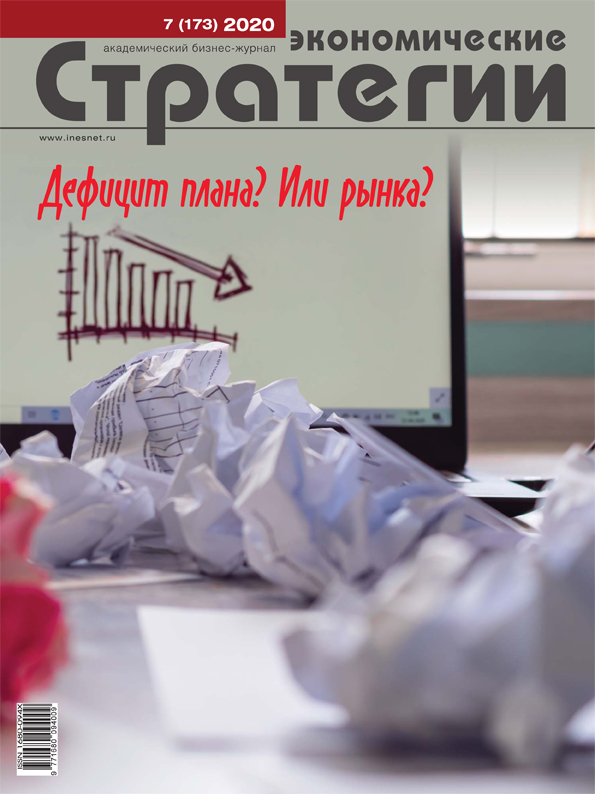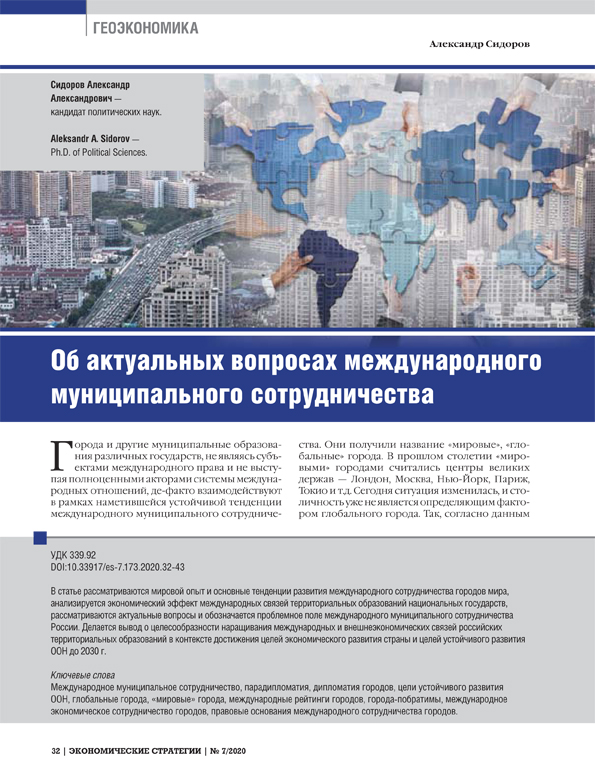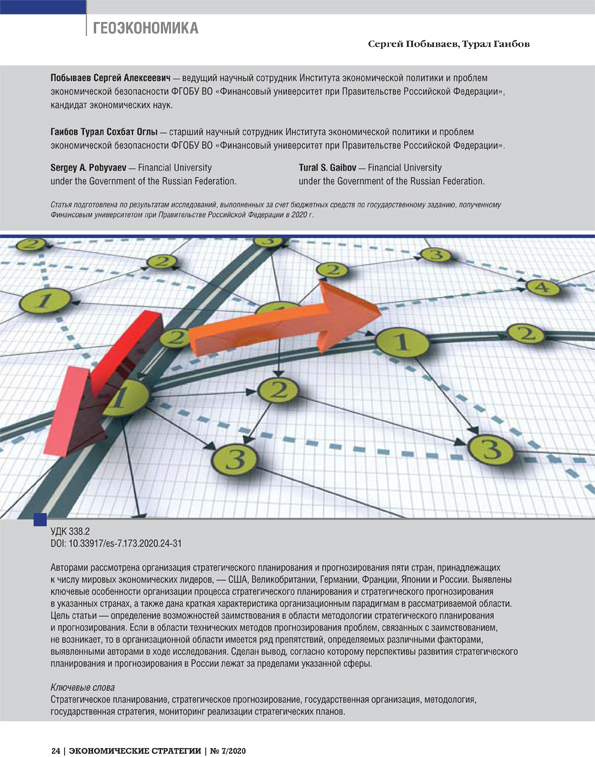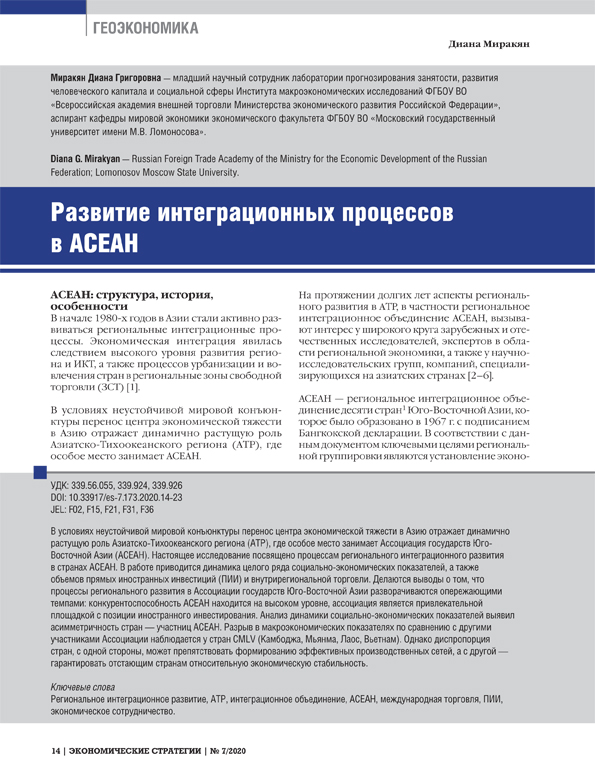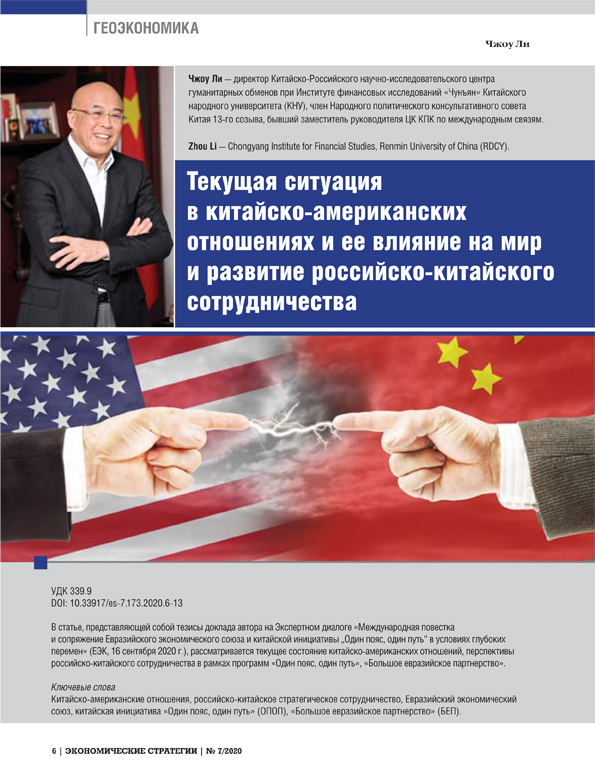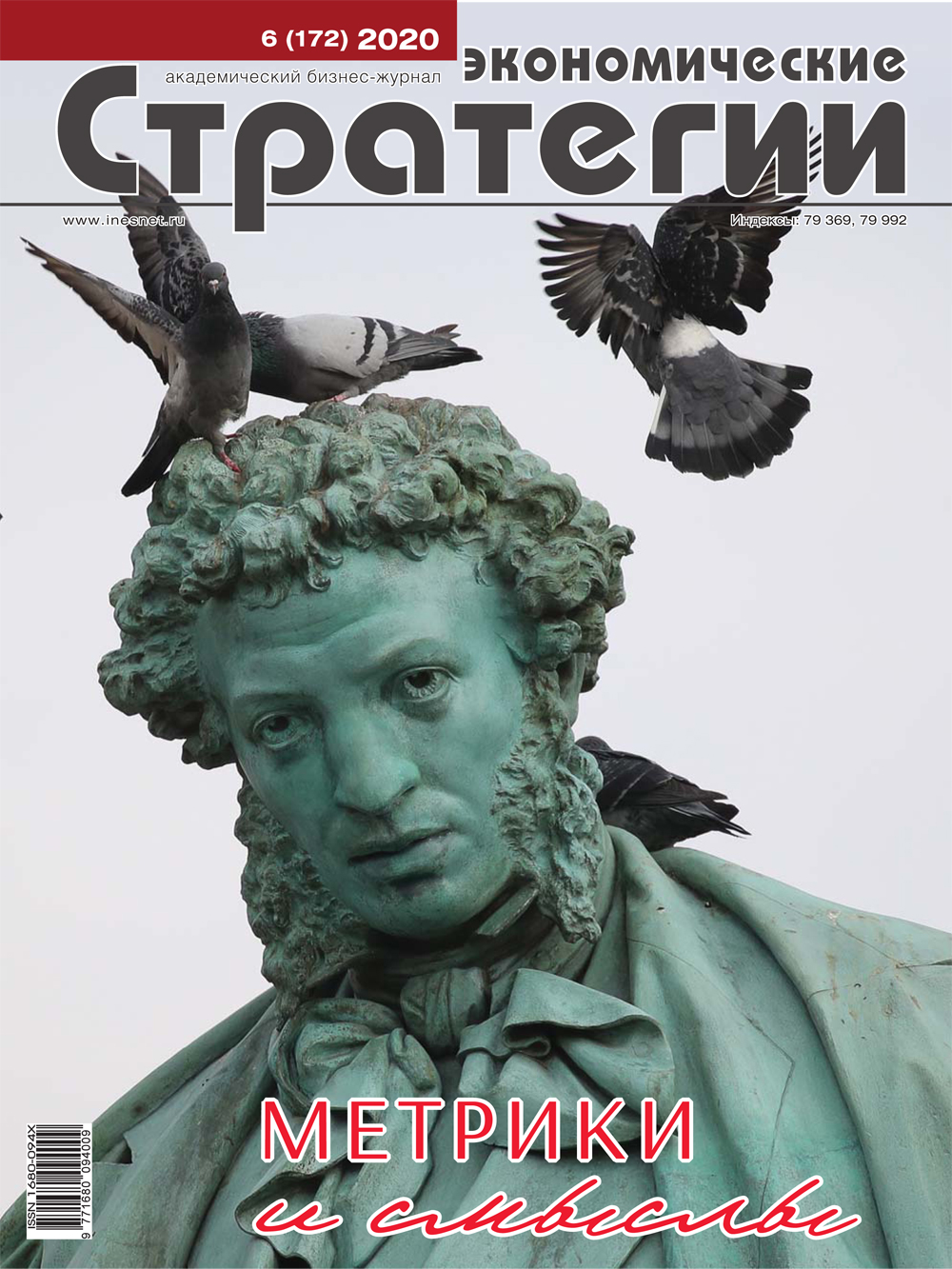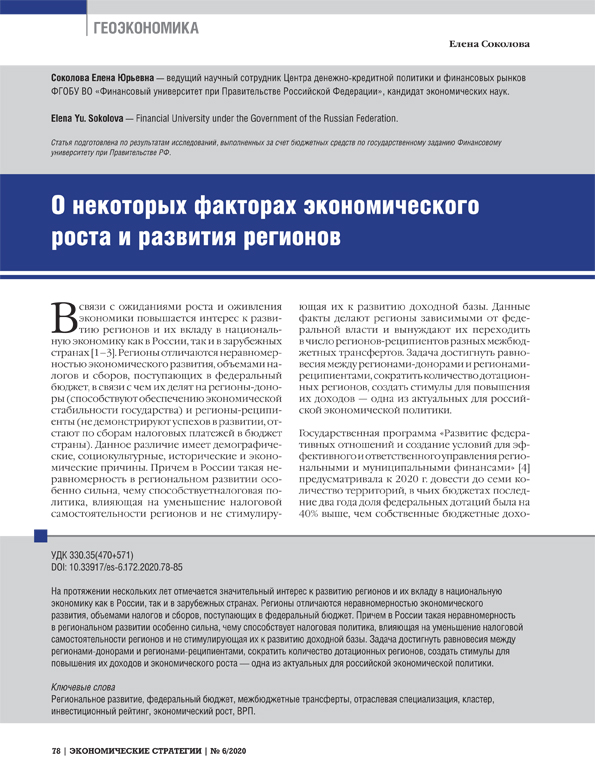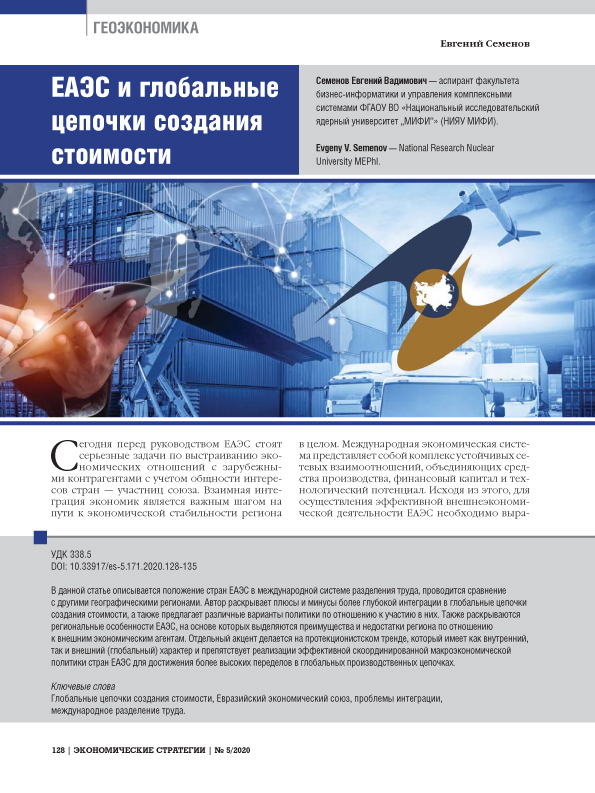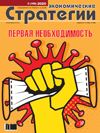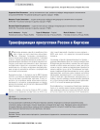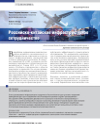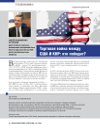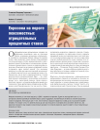On Current Issues of International Municipal Cooperation
DOI: 10.33917/es-7.173.2020.32-43
The article examines the world experience and the main trends in developing international cooperation between cities of the world, analyzes economic effect of international relations between territorial formations of national states, considers topical issues and outlines the problem field of international municipal cooperation in Russia. The autor concludes that it is feasible to build up international and foreign economic relations of Russian territorial entities in the context of achieving the goals of the country’s economic development and the UN sustainable development until 2030.


